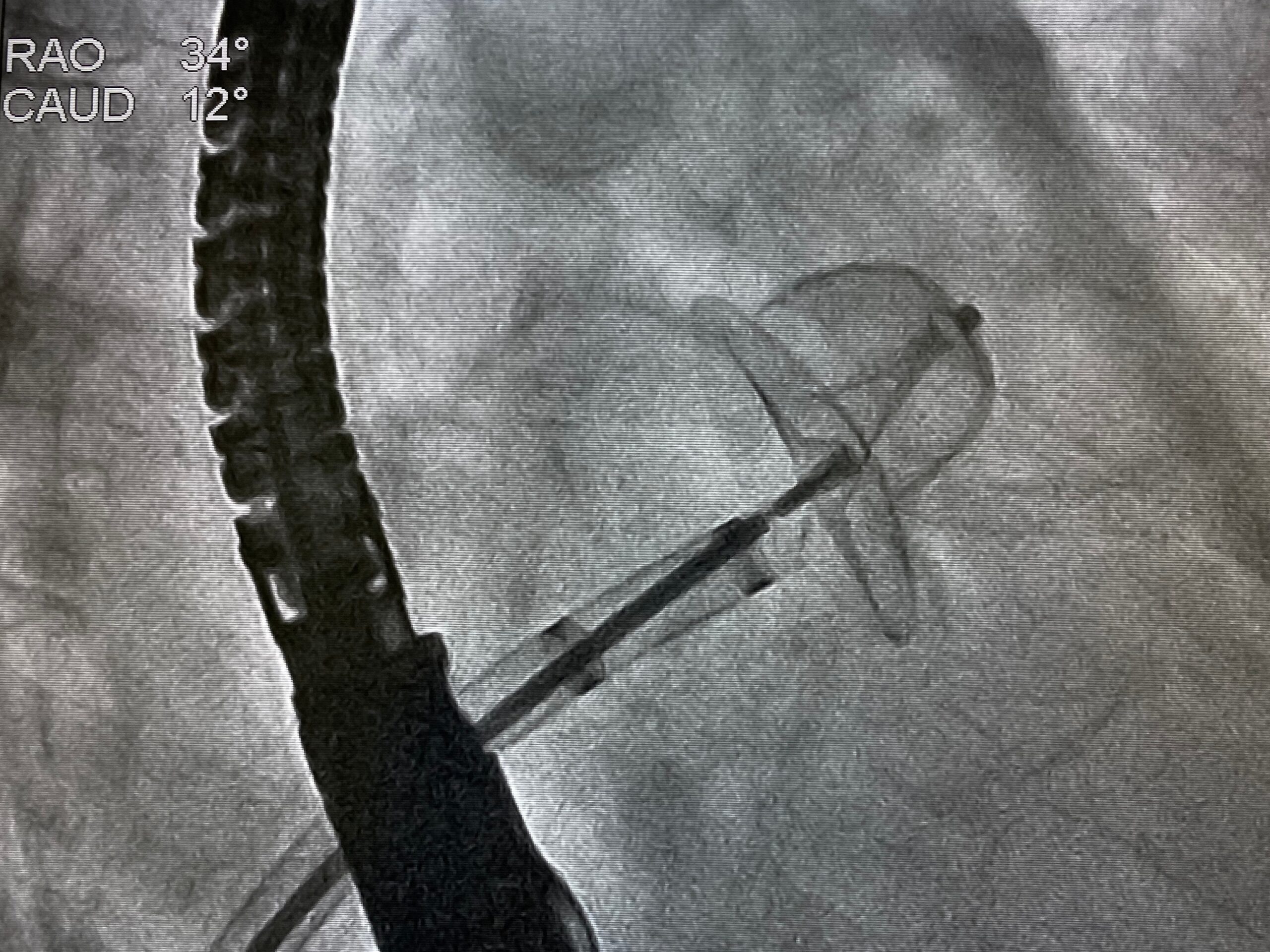
A new observational study published in Europace suggests it is possible to monitor and predict individual progression of atrial fibrillation (AFib) using pacemakers or defibrillators.
“Atrial electrical remodeling (AER) is a transitional period associated with the progression and long-term maintenance of AFib,” the authors explained. “We aimed to study the progression of AER in individual patients with implantable devices and AFib episodes.”
The researchers looked at data from across 51 Spanish hospitals as well as the Fundación Interhospitalaria para la Investigación Cardiovascular. The participant sample consisted of 4,618 patients with AFib episodes who had implantable cardioverter defibrillator/cardiac resynchronization device (ICD/CRT-D) and 352 patients with pacemakers. Media follow-up was 3.4 years. The authors then quantified atrial activation rate (AAR).
Personalized monitoring of electrical remodelling during atrial fibrillation progression via remote transmissions from implantable devices | EP Europace | Oxford Academic https://t.co/7XThenS9RP
— Anna Sarcon, MD ✨🐎✨ (@SplitHis) December 17, 2019
“Patients with complete progression of AER, from paroxysmal AFib episodes to electrically remodeled persistent AFib, were used to depict patient-specific AER slopes,” they added.
The study results indicated that the slope of AAR changes during the progression of AFib showed patient-specific patterns correlating with the time-to-completion of AER (R2 = 0.85). Patients with pacemakers tended to be older than those with ICD/CRT-D and had shorter median time-to-completion of AER (24.9 days vs. 93.5 days; P=0.016). Estimation of time-to-completion of AER using the predicted slop of AAR changes was made possible by remote transmissions in patients with ICD/CRT-D devices.
Can monitoring of atrial electrical remodelling assist cardiologists in the personalized care of patients suffering from AF? I think so… https://t.co/DeWGHN4gCD pic.twitter.com/OXn1Of2hdw
— José María Lillo Castellano (@LilloCastellano) December 16, 2019
“This technology opens up enormous possibilities in personalized medicine for AFib patients because it allows us to determine the progression rate of the arrhythmia in each individual and to optimize the timing of medical intervention with current treatment options,” study author Dr. David Filgueiras, of the Centro Nacional de Investigaciones Cardiovasculares (CNIC), the Hospital Clínico San Carlos de Madrid, and the Centro de Investigación en Red de Enfermedades Cardiovasculares (CIBERCV), said in a press release.







 © 2025 Mashup Media, LLC, a Formedics Property. All Rights Reserved.
© 2025 Mashup Media, LLC, a Formedics Property. All Rights Reserved.